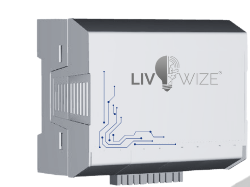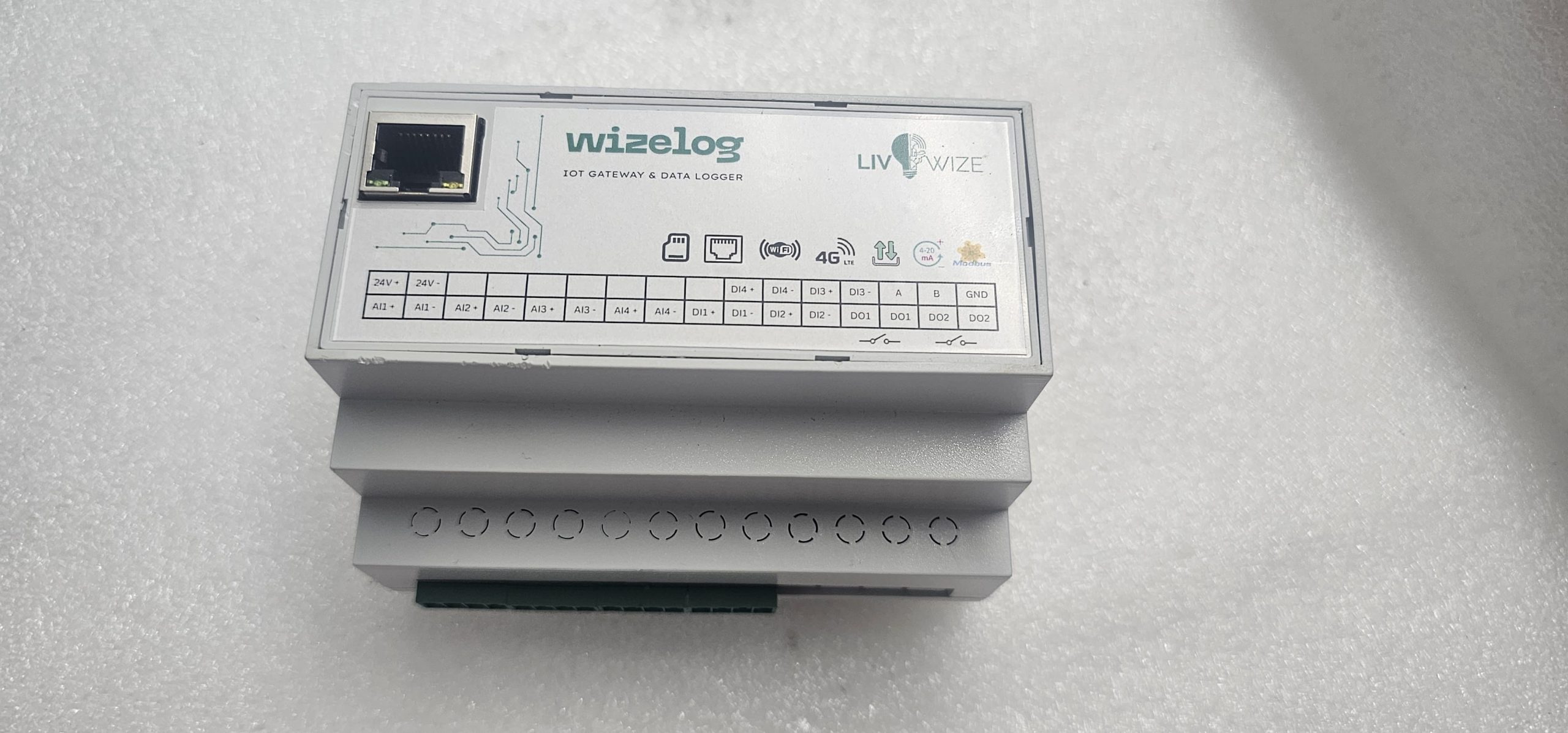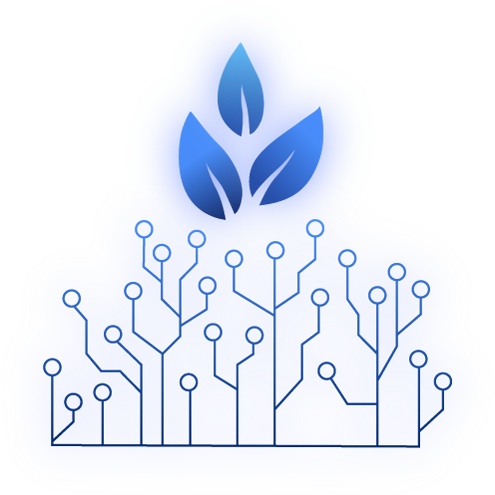IoT Data Logger – Remote Monitoring System
- Home
- IoT Data Logger – Remote Monitoring System

Overview: Remote Monitoring Made Compliance-Ready
Our IoT Data Logger – Remote Monitoring System is a compact industrial device engineered to collect, log, and transmit high-accuracy sensor data for continuous compliance and operational insight. It supports analogue 4–20 mA channels, digital inputs, digital outputs, RS485 Modbus RTU, and multiple network options (Ethernet, Wi-Fi, 4G LTE) with onboard SD storage for secure local backup.
Designed specifically for facilities subject to the Central Pollution Control Board (CPCB) Online Continuous Emission/Effluent Monitoring System (OCEMS) requirements, the unit supports periodic data transfer and alert integration demanded by regulators.

Why Choose This IoT Data Logger?
- OCEMS/CPCB-aware data handling: Preconfigured to deliver the measurement and timestamp formats required for OCEMS portals and automated alerting.
- Multiple connectivity paths: If primary network fails, automatic failover between 4G, Wi-Fi and Ethernet keeps data flowing.
- Local and cloud storage: Onboard SD card ensures no gaps during intermittent transmission — data syncs to cloud/OCEMS portals once connectivity restores.
- Secure, tamper-resistant logging: Meets practical expectations for audit trails required by SPCBs/CPCB.

Key Features
- 4/8 × 4–20 mA isolated analog inputs (high accuracy for stack/effluent sensors)
- 1/2/4 × Digital inputs for pulses / switches; 1/2 × configurable digital outputs for alarms or local control
- 1 × RS485 (Modbus RTU) for legacy devices and CEMS analyzers
- 4G LTE, Wi-Fi (2.4 GHz) and Gigabit Ethernet with configurable failover
- Built-in SD card (local buffer) with CSV and time-series export
- Support for MQTT, HTTP(S), Modbus TCP/IP and direct OCEMS push protocols
- OTA firmware updates, remote configuration and diagnostic tools

CPCB / OCEMS Compliance — What You Need to Know
- CPCB’s OCEMS framework requires continuous emission/effluent monitoring equipment to transmit data to regulatory servers and support automated alert mechanisms. Devices and data loggers used in OCEMS chains must:
- Provide timely data uploads (CPCB frameworks commonly expect frequent/near-real-time transmission intervals). Central Pollution Control Board
- Support secure, auditable logs and backups in case of interruptions.
- Be configurable to feed the OCEMS portal and follow updated portal submission protocols as released by CPCB and SPCBs. Recent CPCB directives and OCEMS portal upgrades emphasize direct transmission and alert generation. The Times of India+1
- Implementation tip: configure the data logger to queue 15-minute aggregated records and supported OCEMS formats (timestamp, parameter ID, measured value, QA flags) so that data submission meets standard OCEMS portal requirements.
Real-world Use Cases in India
- Effluent discharge monitoring for chemical / textile units feeding OCEMS.
- Stack emission telemetry for power plants and foundries, connected to CEMS analyzers via RS485.
- Water treatment & municipal plants — continuous monitoring and regulatory reporting.
- Remote small-scale units requiring 4G connectivity to meet OCEMS requirements where wired internet is not available.
FAQ
Q: Is this data logger OCEMS / CPCB compatible?
A: Yes — the device supports required telemetry formats and secure transmission methods commonly requested by CPCB OCEMS portals and can be configured to meet state PCB submission protocols.
Q: How often does the device transmit data to the OCEMS portal?
A: The logger supports configurable transmission intervals and can be set to the sampling/submission cadence recommended by CPCB portals, including commonly required near-real-time intervals (e.g., 15-minute uploads and automated alert generation). Central Pollution Control Board
Q: What happens during network downtime?
A: All readings are locally cached on the SD card; the logger automatically retries transmission and preserves an auditable record for regulatory inspection.
Q: Can you help with CPCB portal registration?
A: Yes — we provide integration services and templates for OCEMS portal onboarding and data format mapping.
Technical Specifications
- Analog Inputs: 4/8 × 4–20 mA (isolated option)
- Digital I/O: 4 DI / 2 DO (configurable)
- Serial: RS485 (Modbus RTU)
- Networking: 4G LTE / Wi-Fi / Ethernet (failover)
- Storage: SD Card (local cache, up to 16 GB)
- Protocols: MQTT, HTTP(S), Modbus RTU/TCP, FTP, SNTP
- Power: 9–30 V DC | Temp Range: -20°C to +70°C
- Mounting: DIN-rail or wall mount




